Essential winter maintenance – for you and your kit. By Rebekah Tipping

A new year is historically the time for making resolutions and planning for the year to come. Nobody has lived through a year like 2020 before, which has tested the mental (and physical) strength of us collectively like no other.
For some of you as archers, you may not even be sure exactly where you are and where you are going with the sport. As of this writing, no one is exactly sure what the upcoming season is going to look like in detail.
In order to know where you’re going, you often need to stop and take stock of where you are right now, and even more so if your bow has been sitting in its case for a while.
A round of winter maintenance is an essential part of being an archer. Checking over your kit in depth is the first place to start, as you can take an inventory of anything that needs replaced or refreshed for the coming season.
Arrows
Make sure to inspect your arrows for torn fletchings or tape, bent points or pins, and any cracked nocks. This is also a good opportunity to make sure you have enough spare components to get you through the outdoor season.
It’s easy to forget how many nocks, pins and fletchings you can get through during high-volume training and competition season after you’ve been stuck shooting very short distances for the past few months.
Strings
This can be as simple as checking that your strings aren’t frayed, and all the serving is in good condition, especially where it contacts the bow, such as limb tips on a recurve and around the cams on a compound.
Nocking point position and integrity should be checked, but it’s good practice to replace nocking points every now and again rather than waiting until they fall off.
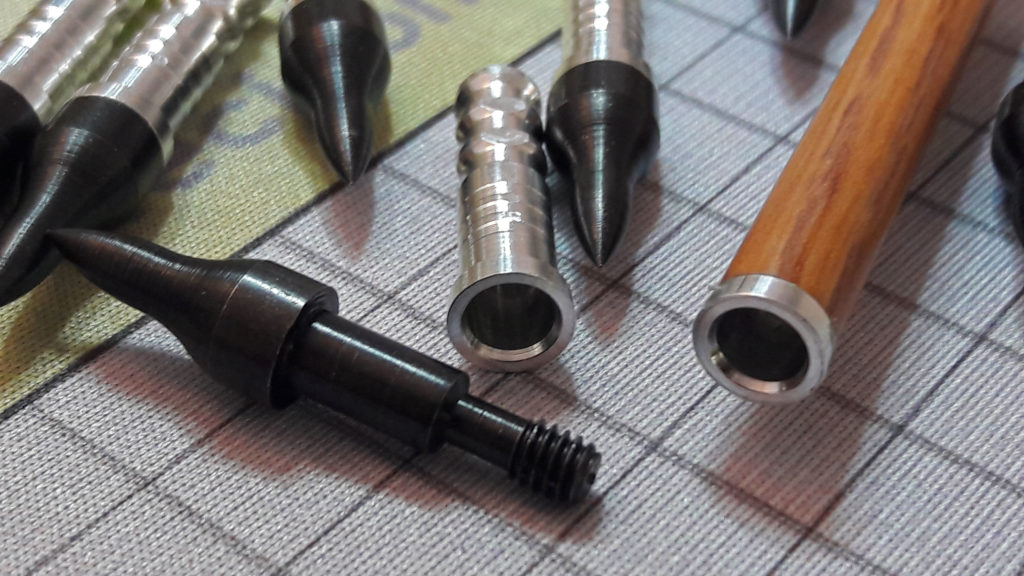
This could also be a good time to order two completely new strings and get them set up and shot in at the same time. It’s always a good idea to have two identical strings available at once just in case something happens during a shoot: it’s much easier to swap a string rather than worry about tying nocking points or fixing serving during a 15-minute equipment failure.
For compounders, the same logic applies to D-loops as nocking points: it’s better to periodically replace them rather than wait for them to fail.
Longbow and traditional archers
When not being used for an extended period, Emily Williams (GBR longbow and trad archer) suggests that longbows should be stored lying down, in an area where temperatures do not fluctuate to extremes.
Arrows should be stored in a dry place, where they don’t get too cold, as the cold can make glue brittle and cause feathers and points to fall off. When you pick your bow back up after a break, the string should be checked in the same way as a recurve or compound and given a good treatment with wax.
Some archers choose to use Danish oil on their bows (and / or arrows) to help keep them waterproof in the new season, although it’s a good idea to take advice on brands from a traditional shop.
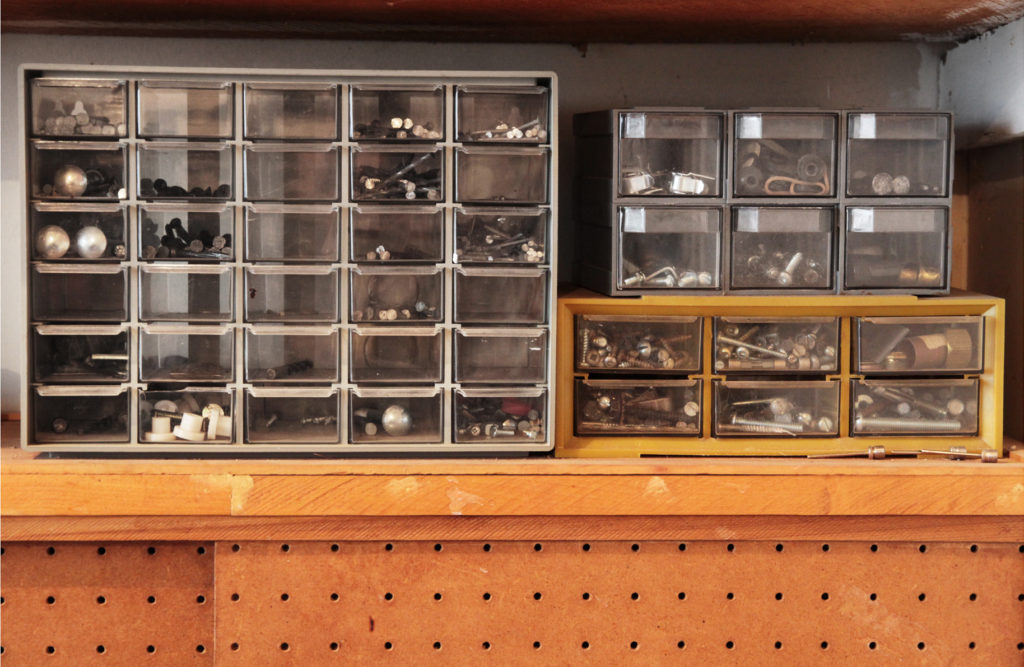
Sight, button, limb bolts etc. – Anything that screws into the bow, really.
This is the time to take components apart and check for rust, dust, and grime. If you are lucky enough to shoot in an indoor range over winter, you should do this right at the end of the outdoor season once your bow isn’t spending time in the rain anymore.
Cleaning up your kit in this way will not only give you the chance to make sure everything is in good working order, but there’s something about cleaning all the target foam dust off a riser and seeing it look as shiny as it did when it was new that is good for the soul.
If you’re anything like me, you’ve had certain parts of the bow unscrewing themselves and rattling over the past few months, but you’ve not been bothered to fix it.
Now is the time to find out what is making the button, sight fastener, or side rod rattle loose, and add some wax or tape to the thread to keep it in place. Much better to sort it out now than have your sight fall off completely at your first competition this year.
Tabs
Too often have I seen recurve archers take a break over winter, leaving their bow in the garage for extended periods of time, only to come back to a finger tab that has manifested its own eco-system of mould. Make sure your tabs are kept dry, and don’t expose them to any extremes of temperature in order to keep the leather soft.
If it’s already too late for your tab, it’s time to replace it. The winter could be a good opportunity to replace any tab backing or facing that looks tired or worn.
Shooting short distance at a blank boss for a few sessions will allow for new stiff leather to soften and it’s well worth shooting in a new tab properly before using it for shooting distances or scoring as a stiff tab can change how the arrow comes off the string.
As with strings, having two identical tabs is recommended, and both need to be shot in: there’s no point having a second tab if it doesn’t shoot the same as the primary tab.
Time to experiment?
This is also the perfect time to make some changes to your kit or technique that might not necessarily produce immediate performance results.
While waiting for competitions and events to start back up again, you could be playing around with stabiliser set ups, testing a different set of arrows, or event just shifting some weights around on the bow.
Anything that you’ve been thinking about changing in your technique could be worked on and assimilated into your shot routine in the next few months before the competition season begins.
Shooting clean?
I know there is at least one half-empty bottle of sun cream, multiple hats, and perhaps the odd stale cereal bar at the bottom of my kit bag. Now is the perfect opportunity to go through the things that have accumulated over the past year and sort them out.
You may find something you thought had been lost or discovered that you need to order more of something you thought you had plenty of.
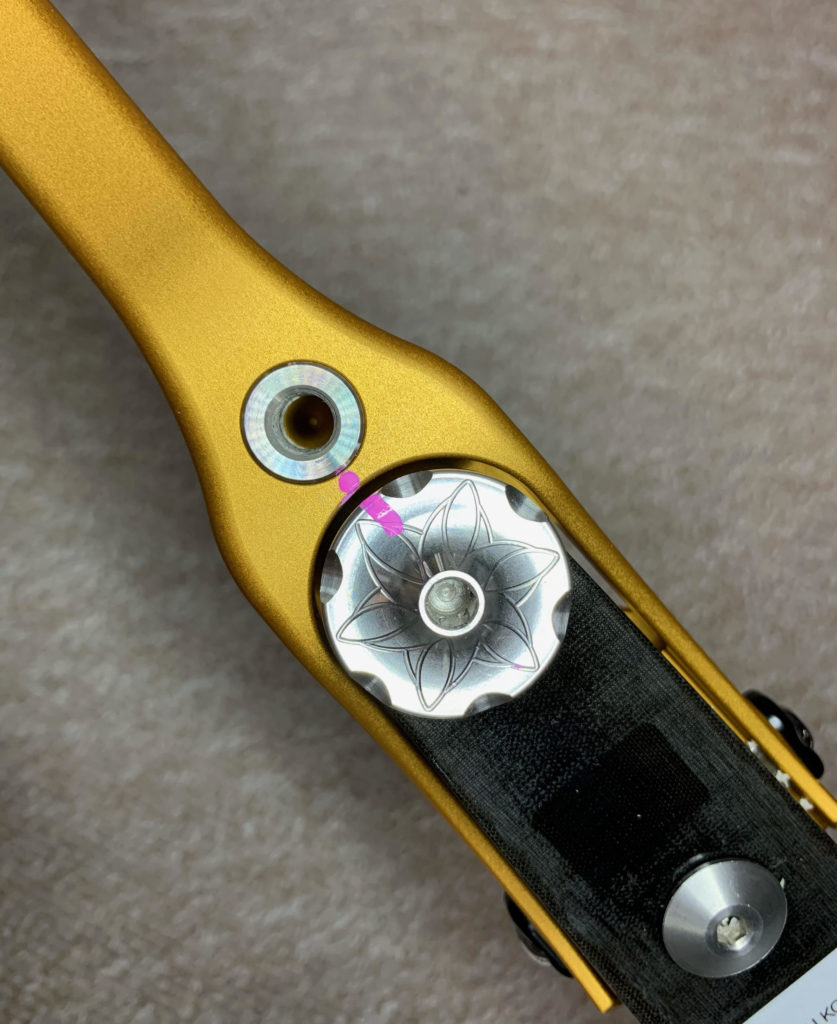
Take note – once you are happy with the condition of your kit, remember to write down all the measurements so you know where they should be. (We recommend this all the time at Bow, but evidence suggests people simply don’t do it.)
Bracing height, tiller, nocking point height, arrow length, and draw weight are all good things to measure. I like to go one step further and make a line on my clicker plate for where my clicker needs to rest, and draw lines across my limb bolts onto my riser so I know for sure if anything has moved the next time I take my kit out a training session.
Physical
It is not unreasonable in a post-Covid landscape that an archer may not be in the same physical condition as they were in March 2020. Almost a whole year of lockdowns and uncertainty has meant that archery has taken a back seat for a lot of people, whether through choice or through closure of their training facilities.
This is unfortunately inevitable for most people who don’t have access to performance facilities, and if you have found yourself in the situation where you are struggling to shoot the same bow as last summer, it is perfectly fine. You need to accept this and be honest with yourself about your training and future goals.
If you have been able to keep up with training and exercises over the summer and through the winter, you might be able to jump right back in after a break with no problems.
But if you haven’t been able to shoot for a while, and you’re worried about how to get back to where you were before, you can take this opportunity to build yourself back up from the start.
I have recently done this myself, as I had been shooting sporadically over the summer, slowly losing strength and aggravating an injury. I had a steroid injection for this injury and took a full month off shooting. I started back doing bow drills on a 25lb bow for a week before I even shot my bow again.
I used an old set of limbs to make a 32lb bow that I was comfortable shooting. If you only have one set of limbs, you can contact friends or club members who might be able to lend you something while you work on your strength.
If you have a coach, or even just a friend that you shoot with, this would be a good time to sit down together (over the phone, or online, perhaps not physically!) and set yourself some goals for the upcoming year.
You can use the remainder of the winter season to draw up a plan for the number of arrows you want to shoot each week and decide how many sessions a week you want to shoot. You can supplement this shooting with bow drills and reversals, and, if possible, a strength programme.
I live in an area where the gyms have just closed (again), but there are plenty of exercises you can do at home using household items as weights or even doing bodyweight exercises.
We now live in an age where there is an astonishing wealth of information of home workouts available online right now. There is no excuse – unfortunately.
Mental
This part of archery is the most often neglected, and I’m sure we are all guilty of ignoring it on more than one occasion during our shooting careers. Take this opportunity to write down your current shot sequence and go over it in your head before you get back to the range.
There is a lot of information and different perspectives in the archery world on mental training techniques and performance psychology, so you should spend some time doing your own research on a technique you feel is right for you.
Remember, not everyone works in the same way so the method that is right for someone else might not necessarily be the one that works best for you.
To get the most out of every training session you need enjoy the process of archery and, now more than ever, it is important to be kind to yourself and try not to cause any unnecessary stress in an already stressful time.
Out with the old
The new year is a very active time for buying and selling on the secondhand market. Everyone likes buying new kit, but not everyone is keen on selling.
It’s very possible someone at your club or in your local network might be interested, of course. eBay remains a great way of moving on older equipment, with a potentially worldwide audience, although the fees have increased in recent years.
Local selling services such as Gumtree, Craigslist and Facebook Marketplace are less great for selling archery gear, but the chances of finding an overlooked local bargain are higher.
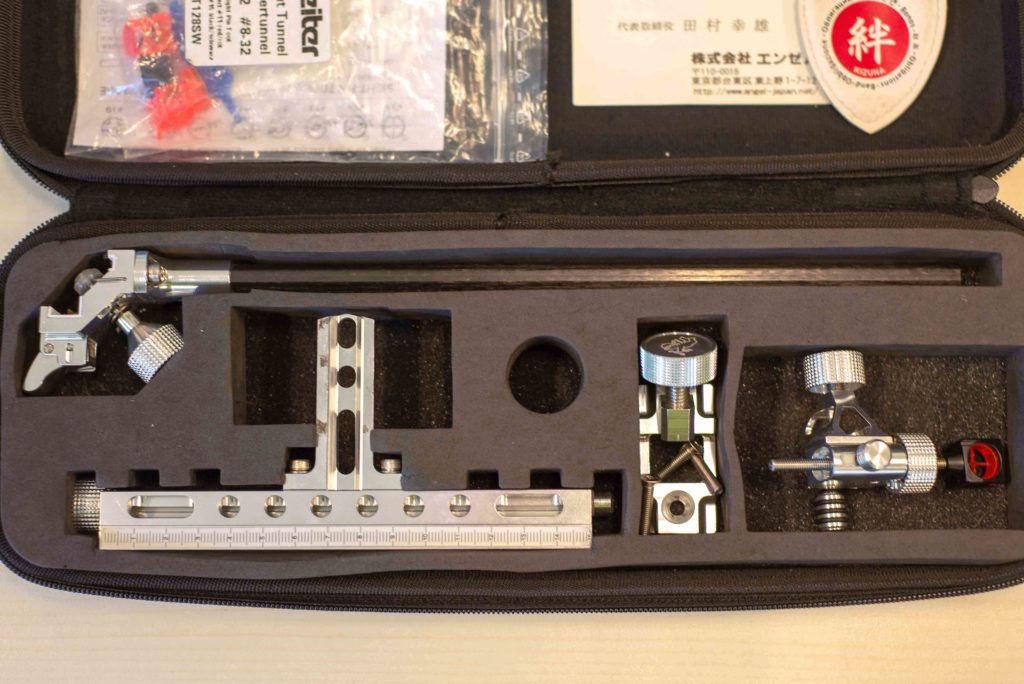
There are several country-specific Facebook groups dedicated to buying and selling archery gear. (With Facebook twitchy about anything that could be classed as a ‘weapon’, one insists on comically describing everything differently, so you can sell ‘pointy bendy things’ or ‘midget skis’.)
eBay-ing takes time and effort, and selling on eBay isn’t great if you really want to get the top end of the secondhand value for something, as the fees they now charge are very high and you are may be ‘competing’ with something else in your category. It’s best to see it simply as a way of getting rid of unwanted items for a reasonable return.
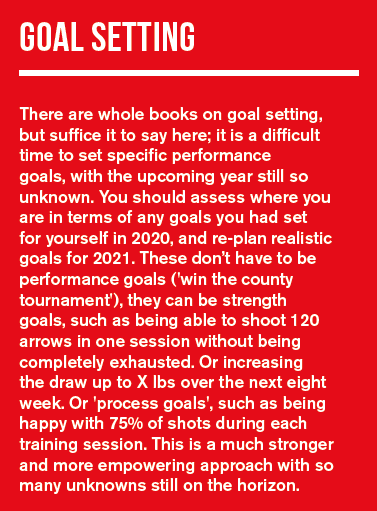
In the case of disputes, these days eBay is now very much biased on the side of the buyer rather than the seller, so sellers really do have to be on the ball. Being scrupulously honest about any issues or faults, and carefully photographing them, will go a long way. Think about what you would want to see if you were buying it.
Most archery kit is fairly tough shipping-wise and you are unlikely to need much more packaging than the original box (or a similar one) and some bubble wrap.
Still, it’s worth thinking about what you will ship it in before you put it up. Most courier companies online have a service where you can type in the weight and dimensions of a package and it will give you a shipping costs to different destinations, so you can accurately estimate costs.
If you send items tracked and keep hold of the receipt, there’s not too much that can hurt you. Archery gear is so specialised that it doesn’t attract the scammers that tend to provide most of the eBay ‘horror stories’ you may have heard about. You may even end up with some new friends.
Getting rid of older kit, one way or another, is a good way to start the year and lighten the load just a little. And of course, it leaves cash and space for the much more fun activity: buying new kit!

